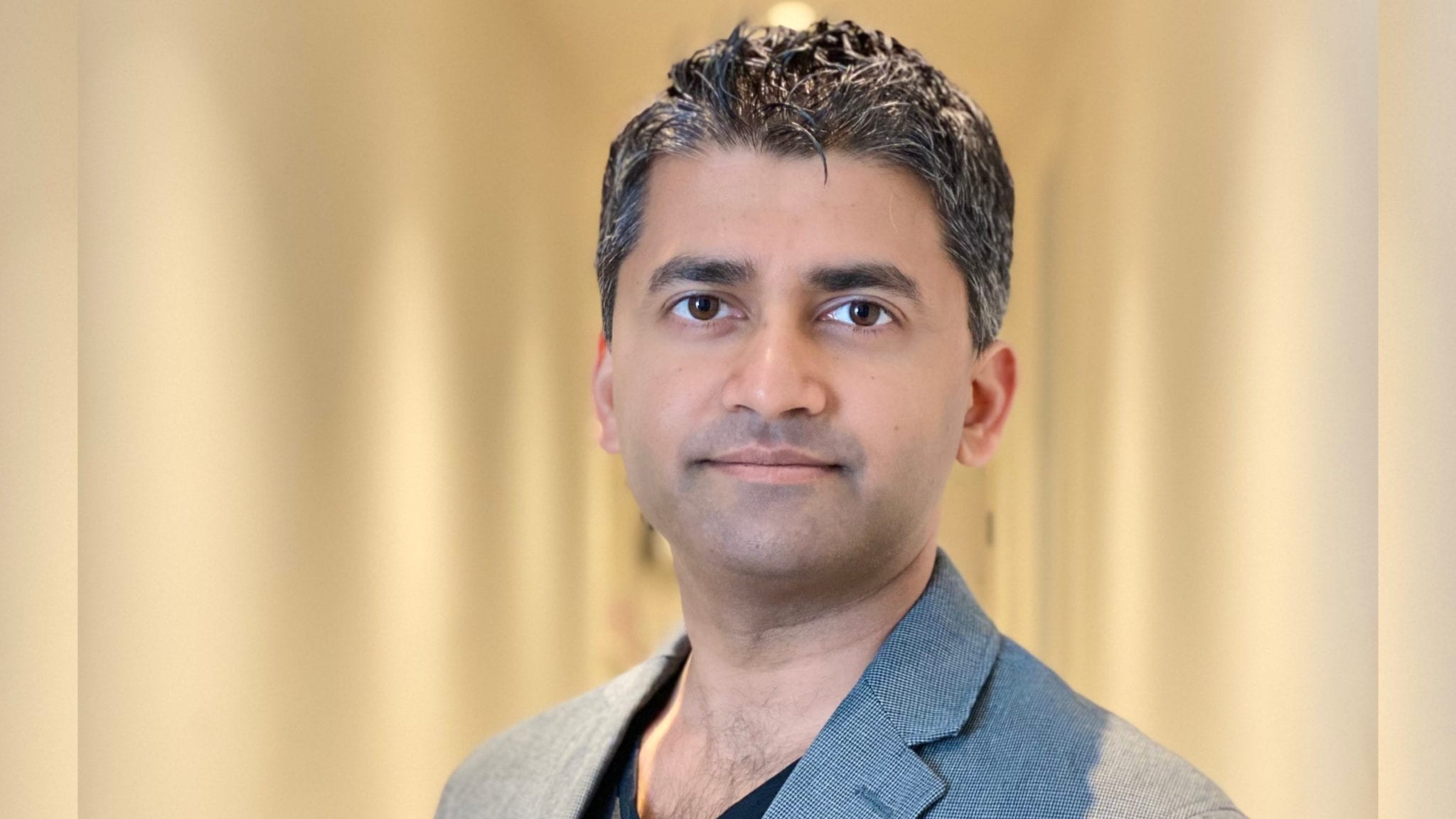
Sio Gene Therapies posts positive PhI/II data in rare pediatric disease, the first readout since its name change
A little over a month after a full company rebrand, the Biotech Formerly Known as Axovant has its first data readout under its new moniker.
Tuesday’s interim look comes from Sio Gene Therapies’ GM1 gangliosidosis program, where the ex-Vant says it saw positive safety and efficacy outcomes in a small Phase I/II trial. The results mark what CEO Pavan Cheruvu hopes can provide a new foundation in rare pediatric diseases as Sio seeks to move past an epic Alzheimer’s fail just a few years ago.
Unlock this article instantly by becoming a free subscriber.
You’ll get access to free articles each month, plus you can customize what newsletters get delivered to your inbox each week, including breaking news.